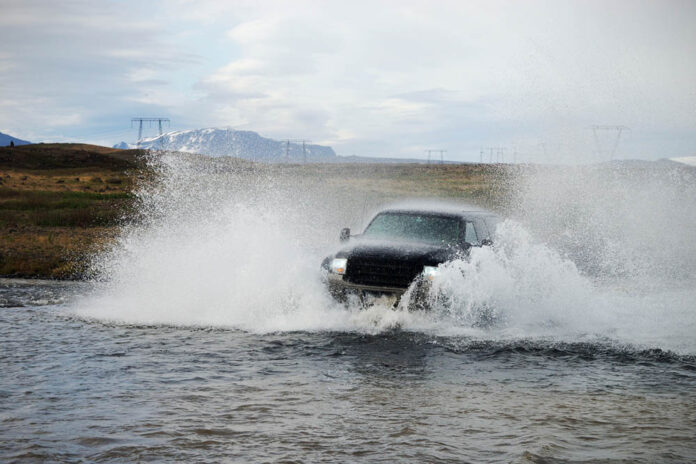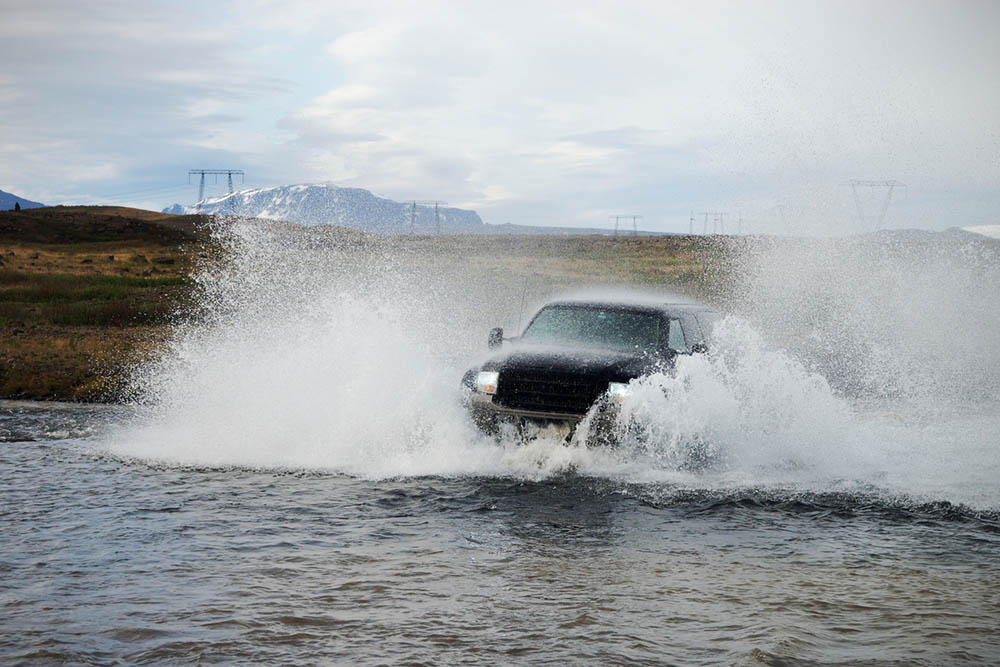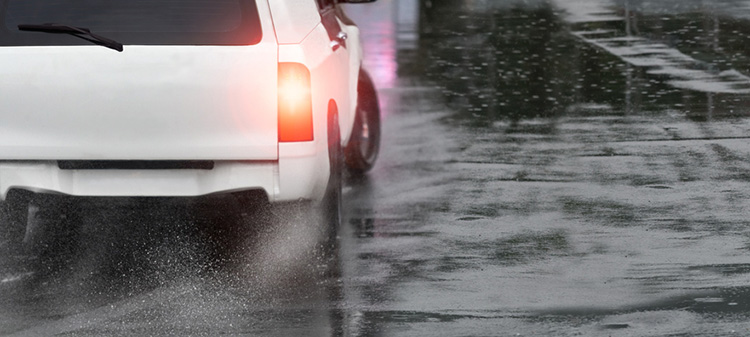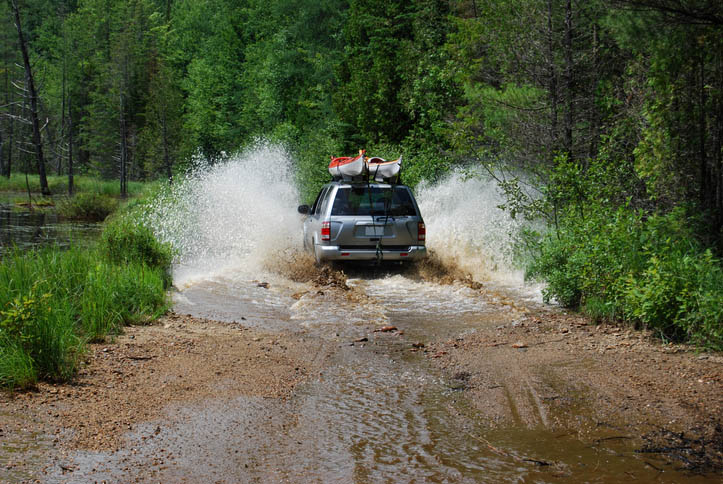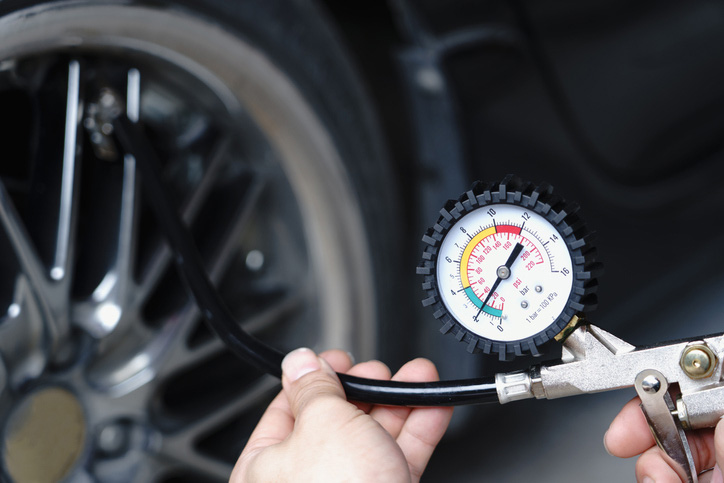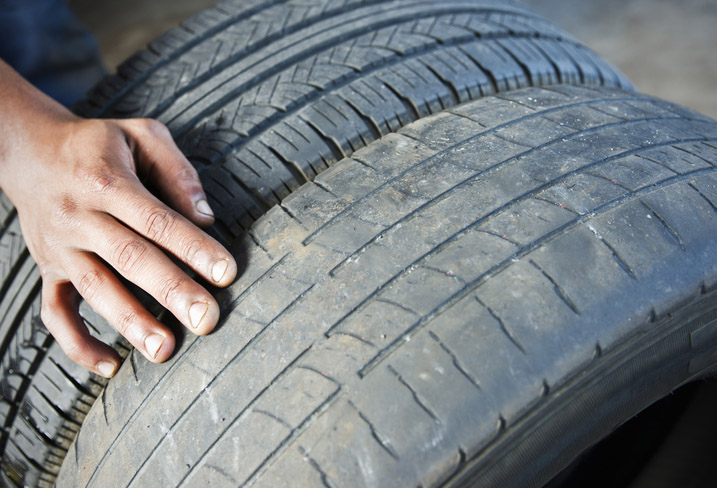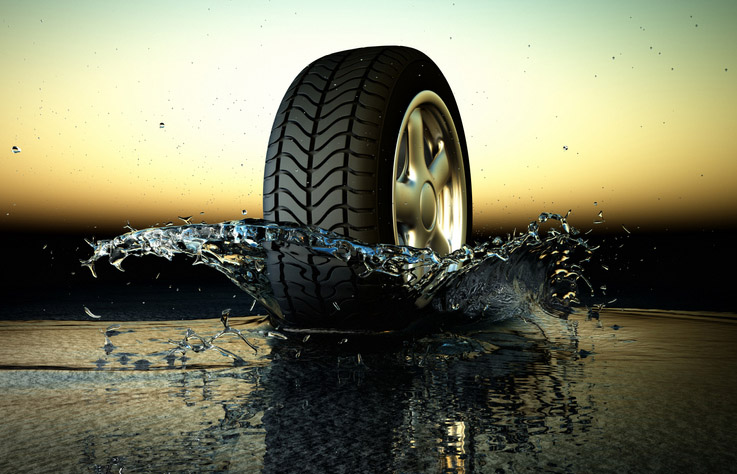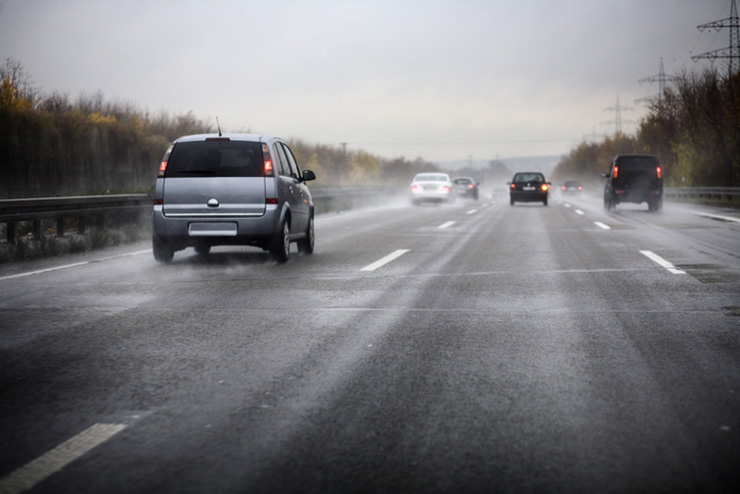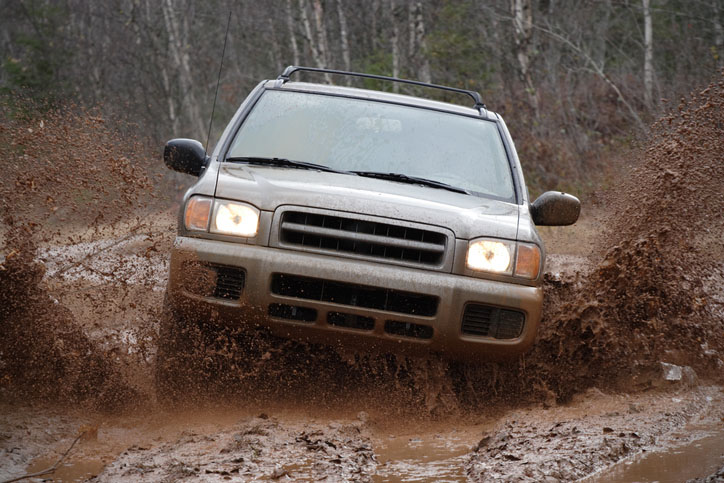Photo by BaronVisi via iStock
Driving in rainy weather can always be an invitation to dangerous situations. One of those tricky situations is the dreaded Hydroplaning, also known as Aquaplaning. In this article, we would like to talk about hydroplaning and what needs to be done when it occurs.
Weather conditions have always influenced our driving techniques. Although we sometimes trust our driving abilities too much and think that nothing wrong can happen to us, there are often external factors that can put us in a difficult situation.
Even though it doesn’t always look like it, rainy weather is hazardous when it comes to driving and can cause problems by making the road slippery. However, if you go at a constant speed and avoid sudden maneuvers, you may be able to prevent sliding situations.
The most critical problem while driving through the rain is standing water. A body of accumulated standing water is much more dangerous than regular wet ground for any motorist.
If you are an overlanding or an off-roading enthusiast, you will be facing this situation almost every day, and it can become a problem even if you are not driving fast. So let’s take a closer look at hydroplaning from an overlanding perspective.
Table of Contents:
- What Is Hydroplaning in Driving?
- When Does Hydroplaning Occur?
- What to Do to Avoid Hydroplaning
- What to Do When Hydroplaning
- Overlanding Gear We Love
What Is Hydroplaning in Driving?
Photo by Toa55 via iStock
When a layer of water enters between the tires and the road surface, your vehicle will lose contact with the surface. Hydroplaning means that the tires will make a sliding motion instead of turning on the water. In addition, due to the accumulation of water in the front of the speeding tire, sudden deceleration occurs, the amount of which depends on the depth of the water.
Hydroplaning is one of the most dangerous road situations, and you can easily lose control of your vehicle when it happens. Your four-wheel-drive system will undoubtedly help in this case, but you should keep in mind that taller vehicles – like those often used for overlanding and off-roading – are more prone to losing control.
When Does Hydroplaning Occur?
Photo by waterotter via iStock
Hydroplaning occurs when water accumulates in front of your tires at a faster rate than the weight of your vehicle can dissipate it. The resulting water pressure under the tire creates a thin layer of water between the rubber and the road surface. Below we will explain the reasons behind hydroplaning.
Car Weight
The weight of the car is a significant factor in hydroplaning. A lighter car will usually have a more challenging time holding onto the road above a puddle. Your overlanding vehicle’s weight should make it easier for you, but it still depends on the size of the puddle through which you are driving.
Road Surface
The road surface is also a factor in aquaplaning, whether it’s perforated or flat. While the water accumulating on a flat road cuts off the vehicle’s contact, the perforated road is more jagged, making it easier for the car to hold on to the road. However, there will be many pits and trenches that can accumulate a puddle that can be problematic for your truck in off-road conditions, so you should be on the lookout for them.
Tire Pressure
Photo by momemoment via iStock
As you can imagine, tires play the most crucial role in contact with the road, so their features and structure also gain importance. Tire pressure can really affect the handling of your vehicle on wet surfaces.
Tire Width
The wider the contact surface, the easier it is for the vehicle to hold onto the road. Therefore, cars with narrow tires may usually have severe problems in this regard. However, in a hydroplane situation, wide tires of your 4×4 mean more surface area for the water to use to lift your vehicle. Therefore, skinnier tires work better while cutting through standing water.
Tire Groove Depth
Photo by Fertnig via iStock
The tread width and depth of the tires are also important.
Tires with good groove depth grip the road better. To give an example, an exhausted tire that enters a puddle will not react to your impact, even if you do it right. If your tires are in good condition, though, they should respond better to your maneuvers on the water surface.
Mud-terrain (MT) tires do not perform well on wet surfaces, so you should think about all-terrain (AT) tires if you are going to be driving in wet conditions a lot.
Speed
Entering the puddle at high speed will most likely make your vehicle hydroplane. Therefore, speed is the most critical factor that presents the riskiest environment in the case of hydroplaning in most situations.
Water Depth
The greater the water depth, the more difficult it will be to control the car and minimize hydroplaning.
What to Do to Avoid Hydroplaning
Photo by sitox via iStock
It is challenging to control the vehicle in a hydroplaning situation. However, if you take precautions and learn about the reflexes you should show in case of sliding, you will get through this event with minor damage, if any.
Monitor the Road Conditions
Monitor the road conditions and consider the possibility of the hazards you may encounter. As soon as you feel the slippery road, you should keep your position and continue on the road by estimating what may happen a little further. Bear in mind that extra layers such as mud and oil on the asphalt surface can increase lubrication when combined with water.
Set a Low Constant Speed
If you set a constant low speed, your vehicle will be much easier to handle, because like we explained before, hydroplaning loves fast cars.
Follow the Trail of the Vehicle Ahead
Photo by llo via iStock
If you follow at a safe distance and follow the tracks of the car in front of you, you can pass over wet surfaces with a lesser risk of hydroplaning. Don’t do this if you are pulling a trailer, though; always remember that your braking distance will be a lot longer.
Drive Calm
An extra maneuver, hard braking, and sudden acceleration on a wet road will be to your detriment. Instead, aim to keep a steady pace and drive calmly to minimize the risk of hydroplaning.
Check Your Tires
You should check your tires and make sure they are suitable for wet roads. Always check the pressure and tread depth before a journey.
What to Do When Hydroplaning
Photo by garett_mosher via iStock
Even a driver who abides by all the rules may not be able to avoid aquaplaning. If this happens, keep the following in mind.
Avoid Braking
Braking increases the sliding time of your vehicle. Also, if one tire continues to slip and the other stalls, your tires will most likely be damaged. If you are pulling a trailer, braking in this situation will be extremely dangerous for you.
Countersteer
If you are sliding sideways, try to countersteer by steering slightly in the opposite direction. Afterward, keep the steering wheel completely straight.
Keep Calm
Stay calm, keep the wheels straight and lift off the throttle. You should keep the sliding momentum straight and wait until the vehicle regains control.
By using this and the other tips outlined above, you will have a greater chance of traversing wet roads with minimal hydroplaning risk.
Overlanding Gear We Love:
- First Aid Kit
- Camp Grill
- GMRS Radio
- Camp Chair
- Camping Lantern
- Waterproof Tarp
- Camping Table
- Small Axe
- Solar Shower
- Camping Cookset



